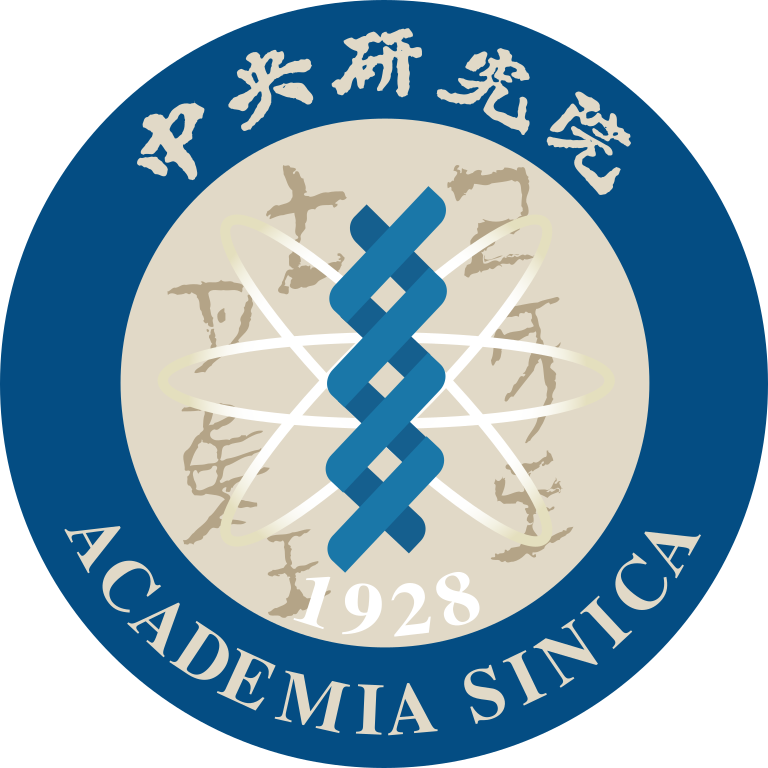
Time: 10:00-12:00, 2 November, 2022 (Wed.)
Venue: C212 Lecture room, National Biotechnology Research Park
Host: Dr. Mi-Hua Tao, Research Fellow and CEO, Translational Medicine Division, Biomedical Translation Research Center, Academia Sinica
Speaker: Nathalie MAUBON, Ph.D., CEO and CSO, HCS Pharma
(no registration required)
90% of potential drug candidates fail within the clinical trials, mainly because of a lack of efficacy (60%) and/or toxicity (30%). Biologists and pharmacologists now largely acknowledge the lack of relevant in vitro models in the early drug development stages.
To mimic human tissues, several parameters need to be taken into account: the target cells but also the extra-cellular matrix (ECM). The ECM has diverse and crucial roles as anchorage of the cells, migration barrier and track, signal reservoir, low-affinity co-receptor, signal presenter and is a source of biochemical forces. All these roles of the matricial micro-environment are really important in maintaining organ’s homeostasis and proper intercellular communications. Depending on the organ, ECM composition and physicochemical properties are different.
Cellular assays in 3D culture have shown many advantages to better mimic in vivo situation. Nevertheless, 3D technology used for phenotypic screening is often really simple, as the use of ultra low attachment (ULA) plates. But we can go further by using 3D technologies, which allow reproducing the microenvironnement of healthy or pathological organ of interest. BIOMIMESYS® is a patented 3D matrix reproducing the physicochemical properties of the extracellular matrix (ECM), different from classical hydrogels used for 3D cell culture. It is composed of native ECM components: Hyaluronic Acid (HA) grafted with adhesion peptides/proteins combined with collagens to create firstly a hydrogel that is then transformed into a unique hydroscaffold, i.e. exhibiting a dual behavior between hydrogels and solid scaffolds. As such, BIOMIMESYS® is an attractive organ-specific 3D cell culture system that mimics the key features of the cellular microenvironment (including its stiffness), either physiological or pathological, in a ready-to-use format.
During this talk, we will see how the cellular microenvironment impacts the behavior of cells such as proliferation or differentiation, allows long term culture, improves cell differentiation and highly increases in vitro/in vivo correlation allowing to have 90% of success in clinical trial instead of 90% of failure. Several examples will be presented in oncology, CNS and metabolic diseases fields.


